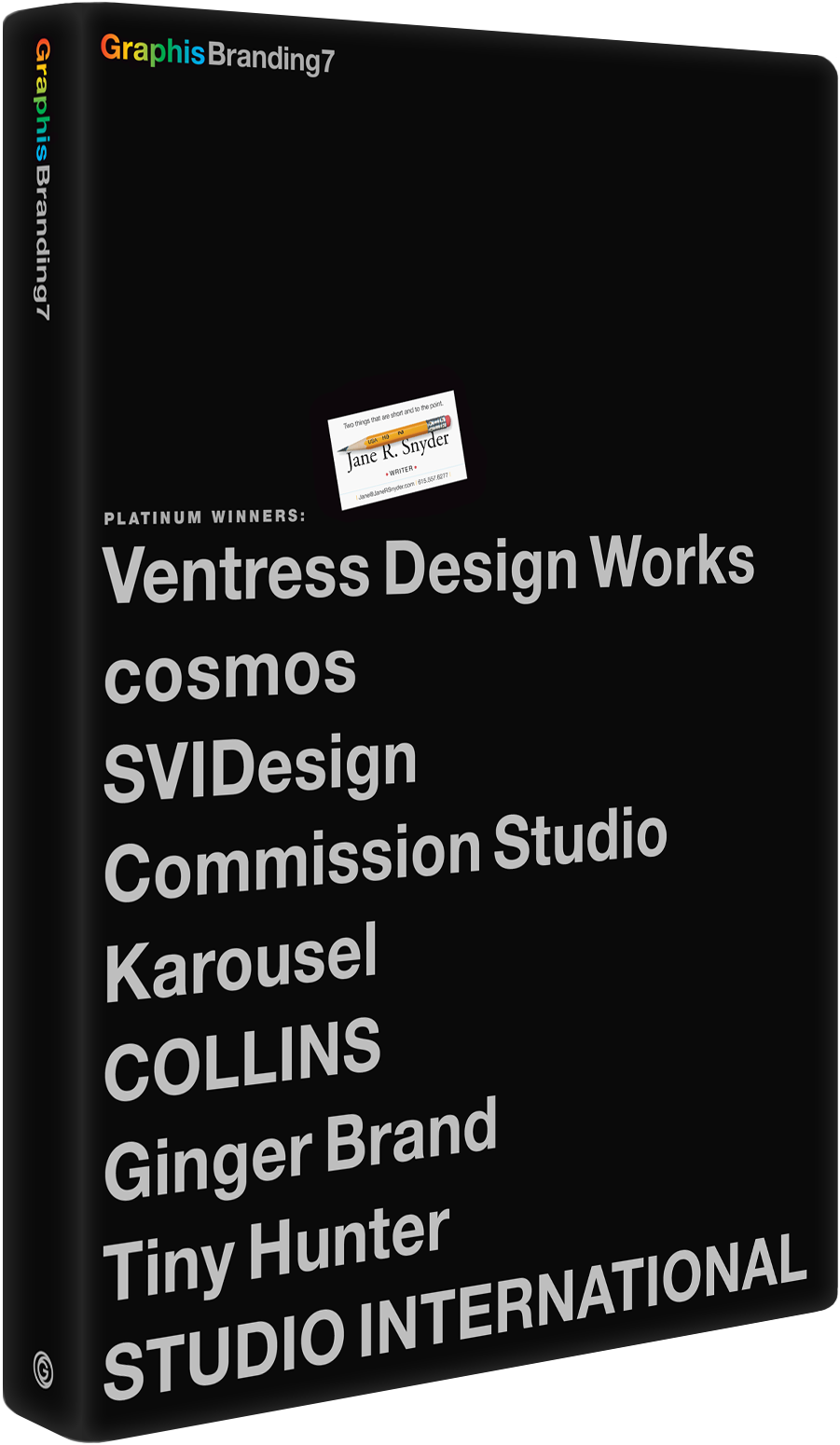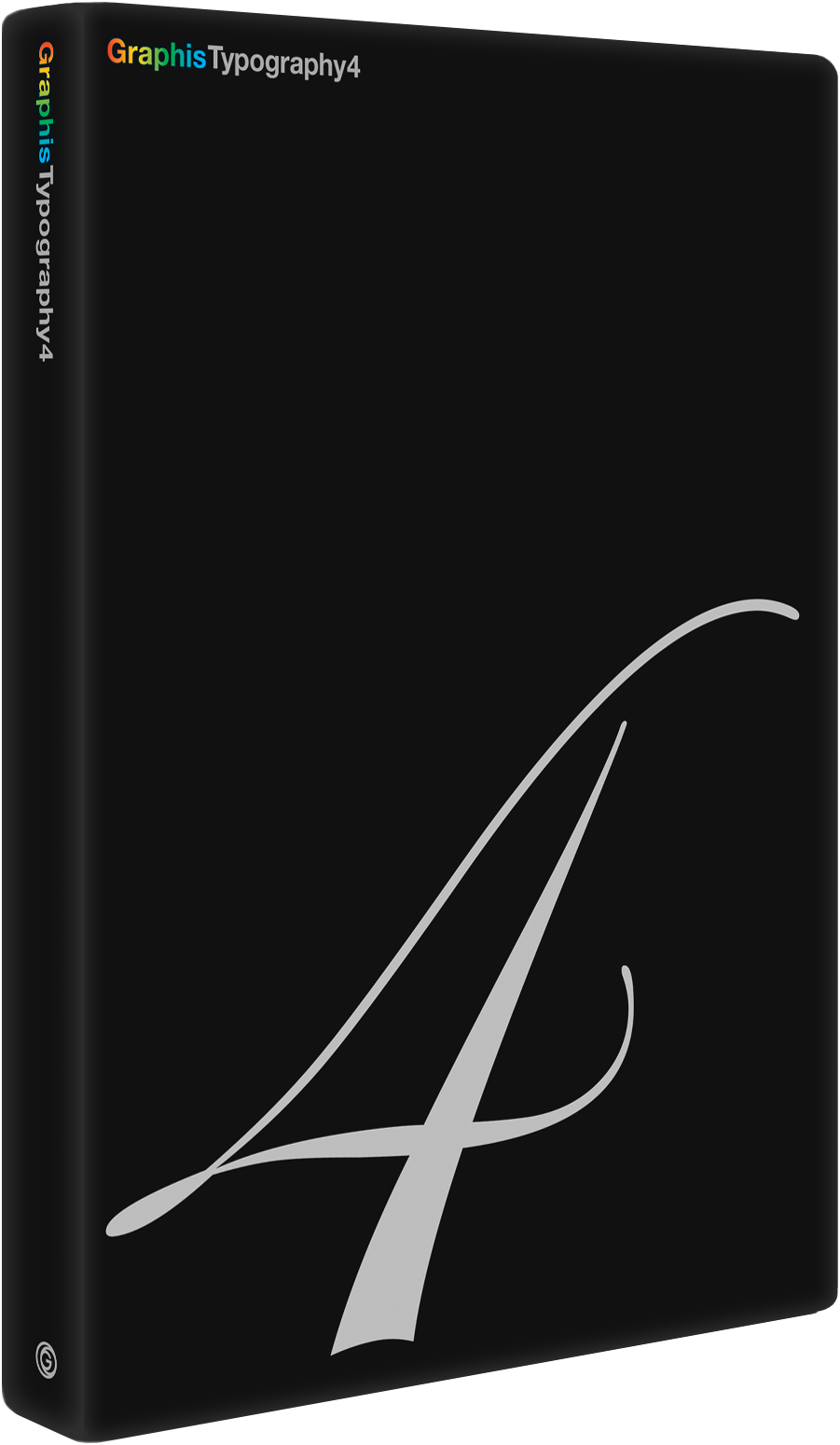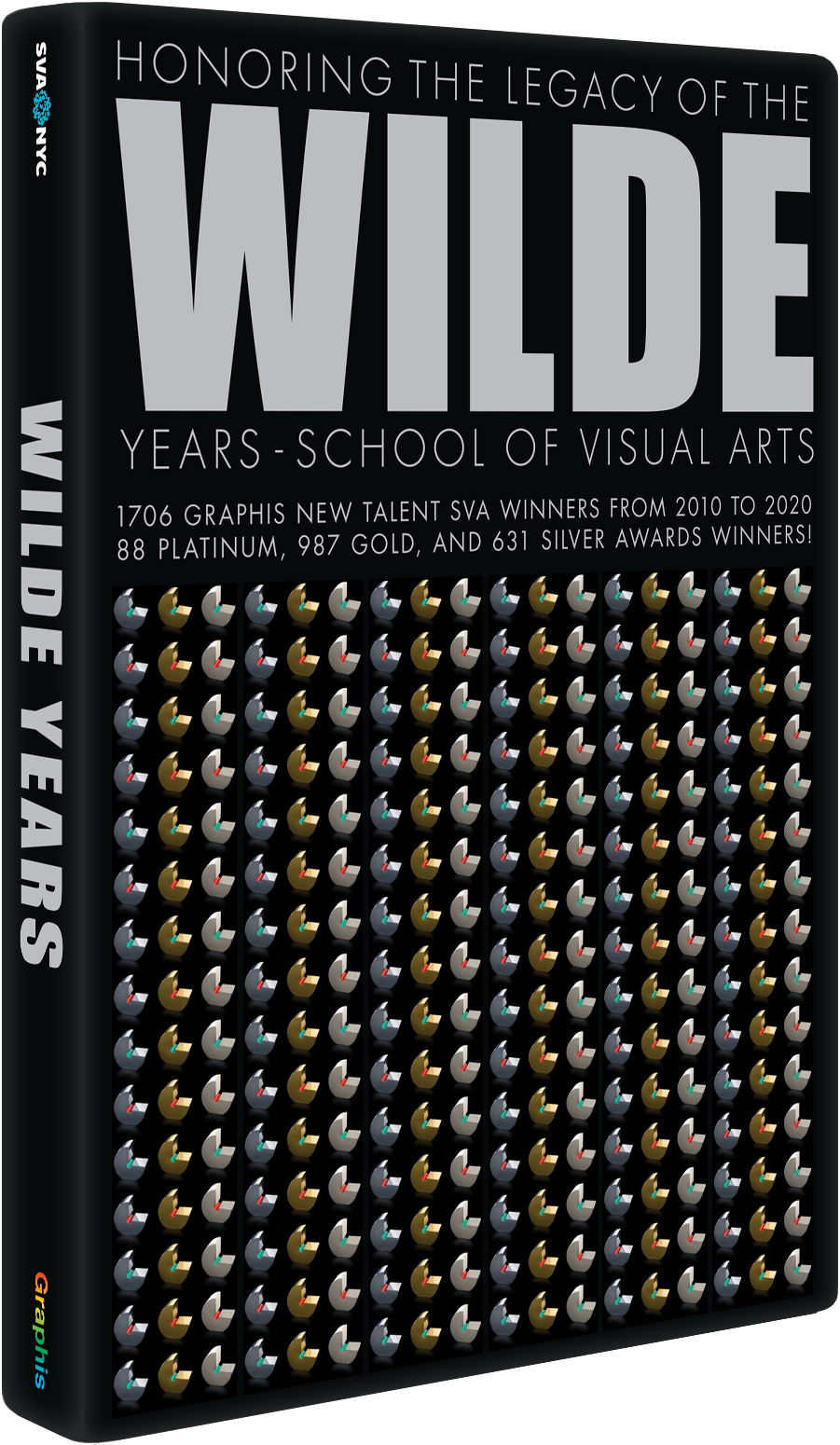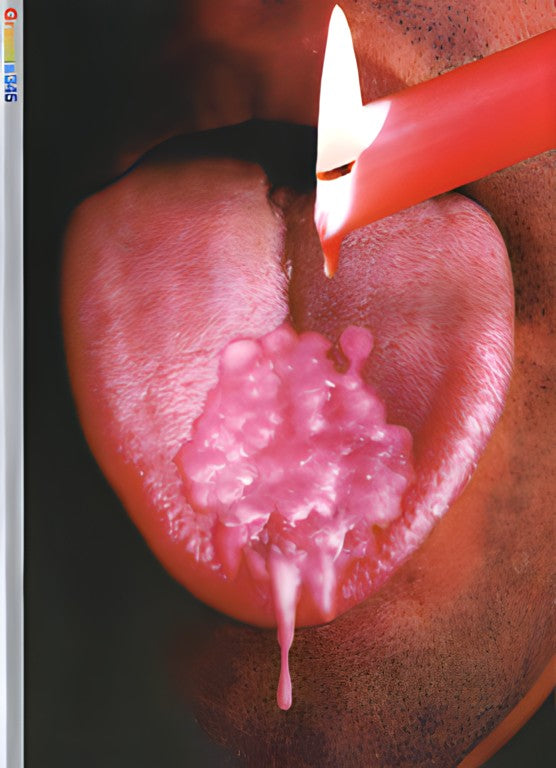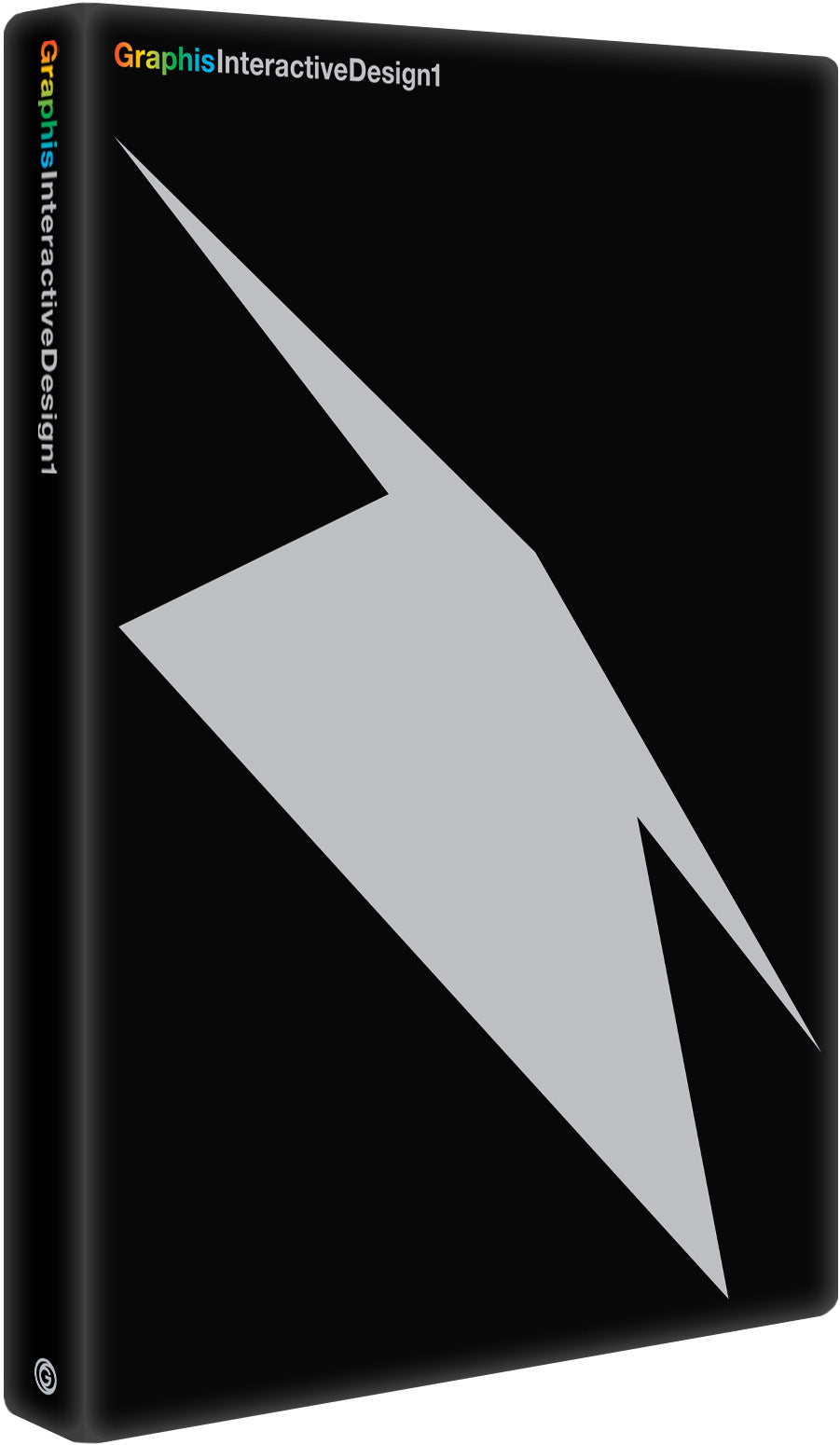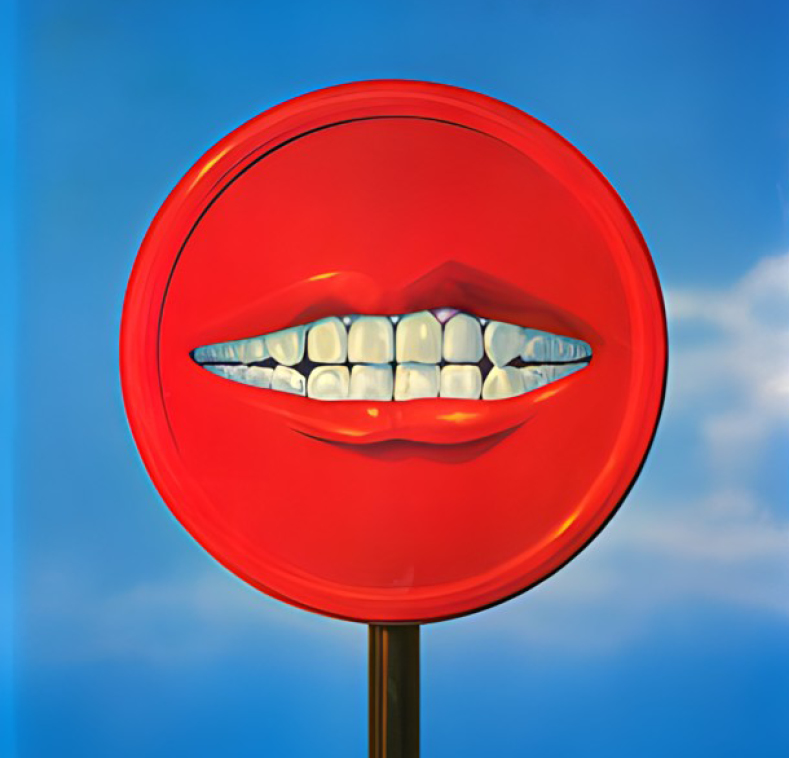Scott Lowden’s Life-Fashionography Captures Style in Real Moments
Scott Lowden doesn’t just photograph people—he captures what lingers between the glances, gestures, and the light. His signature “life-fashionography” style walks the line between real and refined, transforming everyday moments into cinematic visual narratives. With over two decades behind the lens, Lowden brings clarity, instinct, and invention to every frame. In this Journal Q&A, he opens up about his influences, challenges, and what it means to stay creatively alive in a saturated world.
Introduction by Lisa Maloof, Co-founder–Client Services, House of Current
How do you distill an entire career of collaboration? Not easily—but happily. Scott has worked with me and my clients for over thirty years across various agencies, always bringing his eye, energy, and spirit of teamwork to every project, no matter how big or small. On the business side, where budgets are constantly scrutinized by clients, Scott does an excellent job explaining everything clearly and managing the entire process seamlessly. He consistently finds creative ways to make almost any budget work while ensuring the production value remains high. Truthfully, Scott is my favorite photographer because he’s an extension of our team in every way. And the many awards we’ve won together don’t hurt either. I feel fortunate that our paths crossed early in our careers—and that we’ve been able to “grow up” in this crazy business together. He’s a friend and our agency’s secret weapon, which turns out to be a winning combination.

What has inspired or motivated you to have a career in photography?
What has inspired or motivated me has changed over the years. Earlier, I would have said that my inspiration was light and movement and capturing it in interesting, storytelling ways. But now, I’d say I’m much more inspired by people’s mannerisms and faces. I love capturing the subtle changes in a person during a shoot, as well as our relationship, even if it’s only for a few minutes at a time.
What is your work philosophy?
I tend not to lean on habits or formulas but look at every project with new eyes. Of course, it’s impossible to avoid repeating setups that work, but the serendipity of being open to play can sometimes land on something amazing. Coming from a stereotypical Northeastern blue-collar family, my philosophy is to roll up my sleeves, get into every detail of a shoot, dive deep into an assignment no matter the budget, and keep the vibe positive.
Who is or was your greatest mentor?
Many people have contributed to my growth as a photographer, starting with Parish Kohanim, whom I assisted early on. He taught me what advertising photography was all about—the preparation needed and the flow of a shoot. Liz Von Hoene inspired me to always add style and whimsy to elevate a scenario. Robert Whitman, with his spontaneous nature, showed me that I can light and direct any way I like, that set dynamics are important to creating a great image, and that a little motion blur couldn’t hurt.
What is it about photography that you are most passionate about?
It’s capturing a memory to revisit later or finding a scene’s subtle, nuanced energy. It’s capturing the magic of a specific place at a specific time—a sense of place. When some or all of those attributes come together, it’s like, wow! It’s the same whether it’s assignment work or fine artwork.
What type of camera do you typically use, and why?
I’ve never really been a camera nerd; I go with what feels right for what I’m shooting. Over the years, I’ve used various cameras, starting with a Kodak 4x5 from an antique shop, then on to Nikon and the infallible F5, Mamiya RZ67, Contax 645, and the Leica M series. Now, the Canon R5 is my workhorse. It allows me to focus on directing the image and not worry about the tool I’m using. But I’m also loving the Fujifilm GFX100S II and hope to spend more time with it soon.
On your website, you describe your photography style as “life-fashionography.” Would you explain this term further?
Yes! Life-fashionography best describes what I do. I love to walk the line between documentary and lifestyle, capturing the spirit of life with an eye for style. It’s that authentic moment—you’re wearing your favorite brand, and the sun is low and glowing. It’s your best day ever. I trust collaboration, invention, and a dose of serendipity to help the viewer discover emotion and energy.
What is the most difficult challenge you’ve overcome to reach your current position?
I’d say the fact that advertising photography budgets are subject to the whims of financial markets. I’ve been making a living as a photographer long enough to have seen the dot-com crash and the financial crisis of 2008, and I’m still at it after the COVID-19 pandemic. Adjusting to varied production levels was a big challenge for me after 2008, when I reduced my full-time staff to one, and again when I finally gave up my studio in 2020. Of course, making great work for great clients isn’t always dependent on the budget. I’m passionate about creating dynamic images, and I aim to get portfolio work from every shoot.
Who have some of your greatest past influences been?
I love Elliott Erwitt’s ability to disarm his subjects and capture such authenticity, as well as Peter Lindbergh’s seemingly effortless and dynamic images. Masao Yamamoto is great with the way he captures an image as it exists first, almost instinctively, before making changes to what he’s shooting or changing angles. I also like Lillian Bassman and how she somehow captured energy in a still image.
Who among your contemporaries today do you most admire?
It shifts over the months, but today, it’s Nadav Kander. I love that his assignment work is like fine art and his eloquent way of talking about image-making.
What would be your dream assignment?
I love a long-term project where I can dive into a topic or brand—preferably one that positively impacts society or our natural environment—where I have time to revisit the story again and again and not be rushed by deadlines or budgets, and where I can capture each scenario at just the right time of day rather than when it fits into a schedule. And, of course, it should be somewhere sunny.
Who have been some of your favorite colleagues or clients?
I really do believe that photography is a team sport. I rely on everyone on set to help me push my ideas and bring the images to fruition. However, one colleague stands out: Keith Martin, who was my full-time assistant, digital tech, and confidant for many years. Beyond supporting me, he helped me develop my craft and vision.
And favorite clients! Of course, my creative partner, Wendy Lowden, who works at the agency House of Current. We’ve created a pile of great work together for many years. We’re constantly pushing to get the most interesting and dynamic images out of whatever creative brief we’re trying to fill, such as our work for the Royal Hawaiian Center, which continues to take me to Waikiki and challenges me to get closer to that perfect image on each shoot. Also, the work I did for Kodak film was super fulfilling and a blast, especially seeing the pictures on black-and-white film packaging.
What are the top things you need from a client to do successful work for them?
That’s an easy one. To create successful work for a client, I need a clear brief, a partnership mentality, and trust. A good budget helps, but isn’t the most important ingredient. It’s so satisfying looking at the images with a client during the shoot and knowing we’ve nailed it.
What do you consider your greatest professional achievement so far?
For a few years, I created work with Kodak. It feels like a career achievement to be trusted to develop advertising and packaging for the Kodak brand.
What about your work gives you the greatest satisfaction?
Collaboratively solving creative challenges and delivering images that exceed a client’s expectations. There can be so many challenges, even with the simplest of projects. When we’ve overcome rain, equipment failures, and power outages and still create images to be proud of, it’s a good day.
What part of your work do you find the most demanding?
Preproduction and planning are the most demanding but are also necessary for a smooth and creative shoot. Well—that and marketing. I’d much rather be shooting than marketing myself. I’m inherently bad at talking about my work, which I continue working on.
What professional goals do you still have for yourself?
Commercially, I have a few brands that I’d love to work with. For some reason, I’m super into kitchens at the moment. Honestly, my goals are pretty simple: to work with good people to create great work.
Outside of assignment work, a big goal is continuing to commit time to fine artwork. Coming from a mainly commercial background, putting energy into fine art projects where there’s no guarantee that I’ll walk away with anything good is tough. But that’s where the process is so valuable, even if I toss most of the images. Those creative exercises are satisfying and can really inform my commercial work. And, of course, like most photographers, I’d love to have a solo show as well as a book or three.
You have self-published several books and mail art projects such as Sentiment Del Lugar, Peru, and Sentiment Del Lugar, Mexico. How did you get into self-publishing?
While I’d love to have my work seen on a larger scale by partnering with an established publisher, self-publishing seems almost an obligation and a necessary way to share the images. Beyond a website, the process of compiling images for a printed piece—the pagination as storytelling—is a satisfying way to do justice to the images. My favorites are short newsprint pieces telling one tight story.
What advice would you give to students starting out today?
I have a few things for students starting out today. Be aware that styles change, so make sure you have an element of authenticity and truth in your images. Creating engaging photos is easy; making a living in photography is all about perseverance and teamwork. There are many ways to put a shoot together, so try to learn from as many different photographers as you can by assisting. Put together a peer group to inspire, and lastly, always be shooting.
What interests do you have outside of work?
It used to be long-distance mountain biking, but that takes its toll! Now, it’s yoga, traveling as much as possible, and keeping my 100-year-old home from looking 100 years old.
What would you change if you had to do it all over again?
I would have believed in myself earlier and not worried about the impostor syndrome that we all have from time to time.
Where do you find inspiration?
I find it difficult to answer this question without sounding corny. I’d say I find inspiration in light, mannerisms, and our natural and built environment. And those in-between moments.
Where do you see yourself in the future?
Wow, I plan to continue making images for clients for as long as they’ll have me. However, I also want to continue creating more fine artwork and sharing it with a larger audience.
How do you balance your work with your personal life if there is a distinction between the two for you?
Of course, the lines blur, but there is definitely a distinction between work life and personal life. I’m much fresher and more inspired after time spent pursuing other creative interests. I used to always carry a camera, but now it’s with more intention. Even when traveling, it’s sometimes better to simply experience a place than to capture a postcard version of it.
How do you define success?
To be busy enough, but not too busy.
In what ways do you see your field changing over the years?
There’s a much lower barrier to entry to being a professional photographer now than when I began, which is both good and bad. The democratization of who can be a photographer is certainly beneficial in showcasing more varied points of view. The explosion of quality photographers can be tough for those who have been making images longer, but it also inspires us to stay fresh and to have something to say.
Another change I’ve seen and continue to see is the reduction of value that clients place on photography. While some clients recognize the impact that professional photography can bring to their brand, many are comfortable with low-production-value imagery. While that type of work has a place, in my opinion, it creates a sea of sameness and does little to elevate a brand or message.
Scott Lowden is an award-winning photographer and director with over twenty years of experience in both commercial and fine art. He has created imagery for some of the world’s most recognizable brands, including Kodak, Delta, Bose, and American Express. A frequent traveler, Scott infuses his work with a strong sense of place, capturing the energy and spirit of his subjects. Originally from Philadelphia, he began his career working in large-format photography. After relocating to Atlanta and committing to photography full-time, he focused on still life and directed festival-worthy films. Today, he blends these diverse experiences into lifestyle photography, relying on collaboration, innovation, and a touch of serendipity to celebrate life with an eye for style.

Social: Instagram, Facebook, LinkedIn
Discover other products in the Graphis Journal, #385.
You may also like
Flowing Forms, Powerful Letters in Gravdahl’s Poster
John Gravdahl, Graphis Poster Awards 2026 gold winner, transforms typography and materials into compelling visual experiences, where…
Read MoreDan Saelinger’s Trippy Rebellion in Color and Light
There’s something quietly radical happening in Dan Saelinger’s 2025 Gold Award-winning series A Mushroom Study. It started…
Read More
Related Annuals & Publications
View AllBecome a Graphis Member
- 1-Year Membership Subscription
- Enjoy 50% off on Call for Entries
- 1-Year FREE Subscription to Graphis Journal
- Your Portfolio online with profile + links
- Get 20% off on Graphis Books
